The concept of this deck sounds wonderful – a tarot based on the stories that comprise the “Arabian Nights.” Surely Scheherazade touched on every one of the tarot meanings as she cast her storytelling spell on the Sultan of the Swinging Scimitar. The card images are beautifully and delicately detailed and are as inviting as Scheherazade’s tales.
However, the lack of a compelling connection that continues to intrigue and delight–unlike the one which saved Scheherazade’s life–dooms this deck to oblivion…unless the Tarot of the Thousand and One Nights can be saved by a book that helps us to grasp why we should care about the fate of these cards.
Granted, they have a very pretty face. The artwork is quite intricate and the colors are subtle and deep. The rich, earth-hues sprinkled with a smattering of colors that are not as often found in nature are just what I personally find appealing. Take the card backs, which are bordered in turquoise and two different greens. At the center is a pastoral scene doubled in on itself so that they are perfectly reversible. The result is serenity-inducing, the ideal mood-enhancer for a reader who is shuffling the cards.
However, unless I looked at the deck again, I wouldn’t immediately place the image as that which depicts the Wheel of Fortune, a card I normally associate with high energy and expansive movement. Many of the cards (both the Major and Minor Arcana) share that same disconnect. This deck is long on distance and short on close-ups, so if you like to get insights from a card character’s face, you’re up the proverbial creek. (tarotpassages.com)
1001 nights Tarot deck
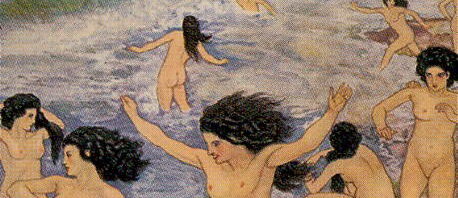

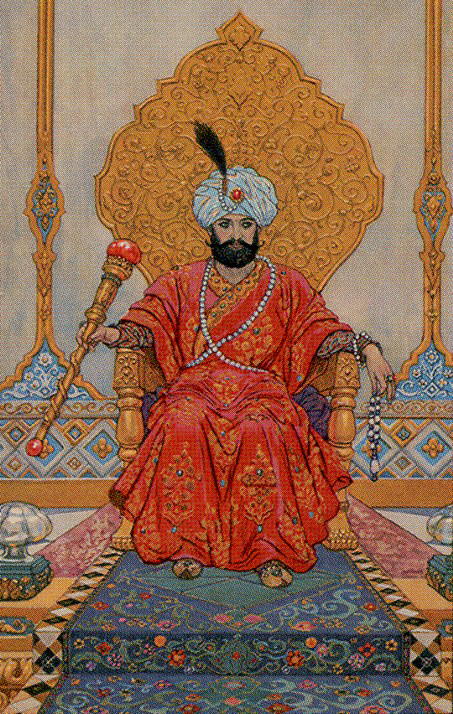
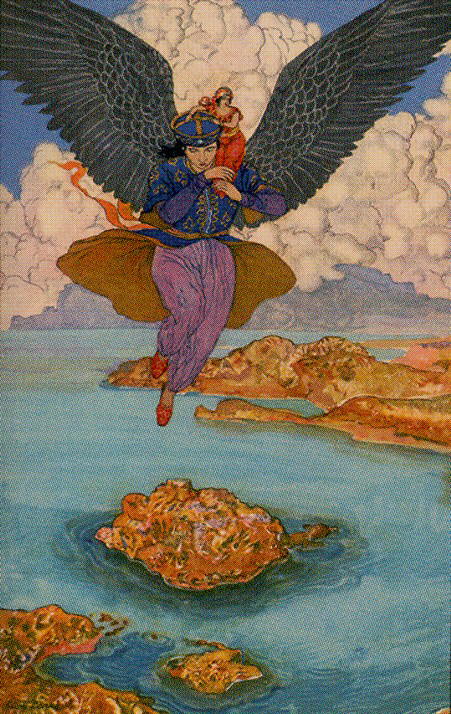
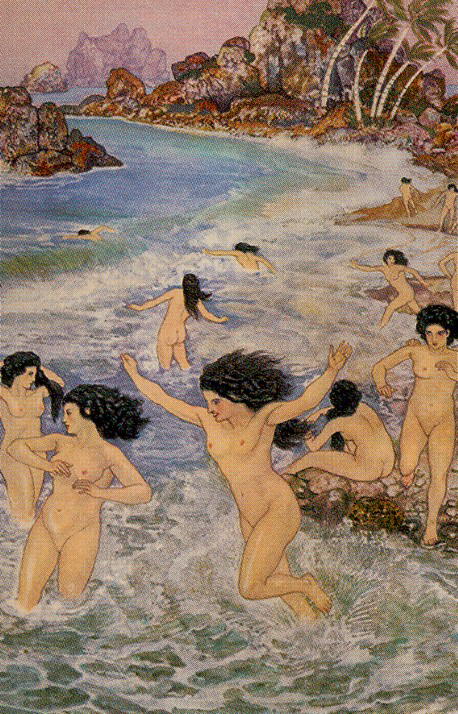
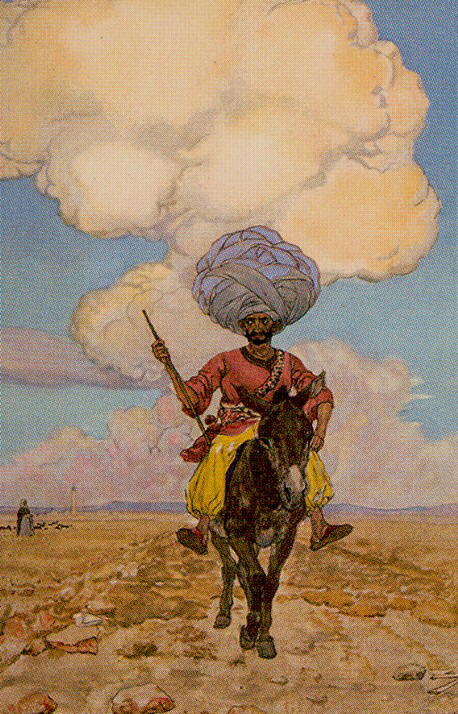
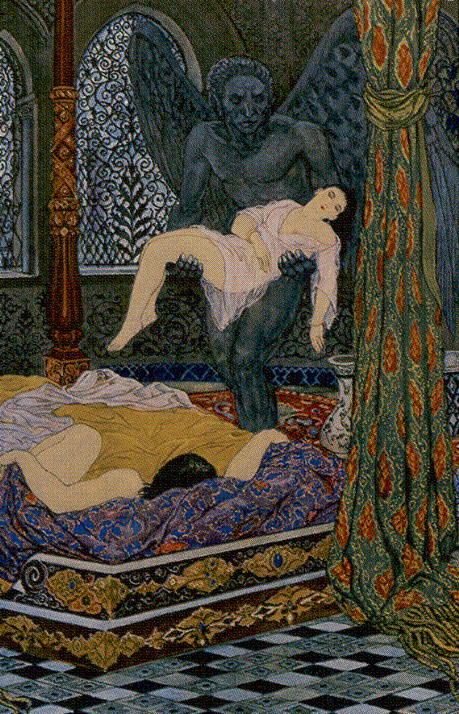
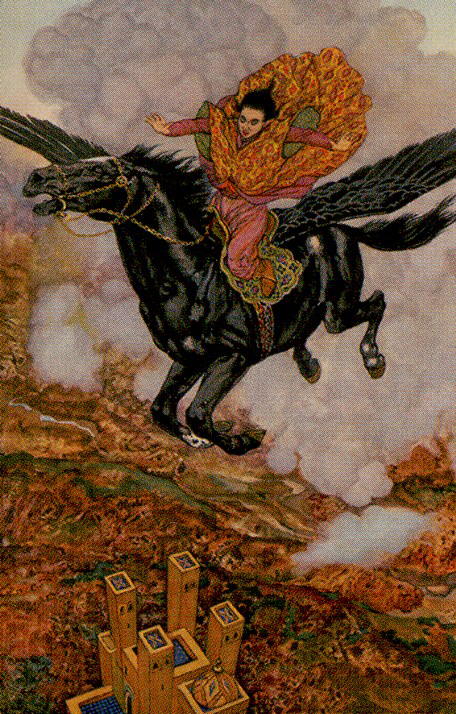
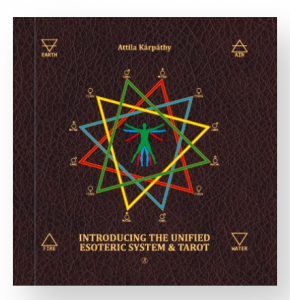
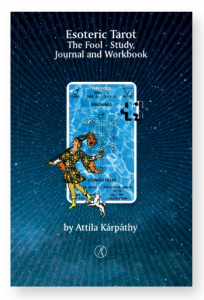


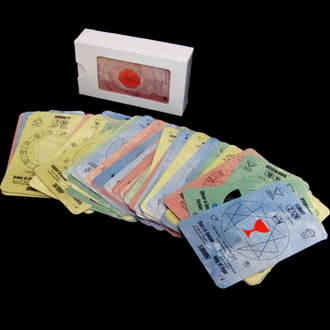

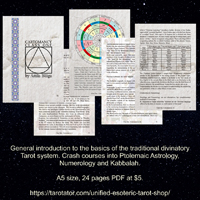

The story of One Thousand and One Nights is an Iranian story, not an Arabic one. How can you talk about this story without knowing it?
According to Wikipedia, One Thousand and One Nights (Arabic: أَلْفُ لَيْلَةٍ وَلَيْلَةٌ, ʾAlf Laylah wa-Laylah) is a collection of Middle Eastern folk tales compiled in Arabic during the Islamic Golden Age. It is often known in English as the Arabian Nights, from the first English-language edition (c. 1706–1721), which rendered the title as The Arabian Nights’ Entertainment.
The work was collected over many centuries by various authors, translators, and scholars across West, Central and South Asia, and North Africa. Some tales themselves trace their roots back to ancient and medieval Arabic, Egyptian, Indian, Persian, and Mesopotamian[3] folklore and literature.
So, it is not a strictly Iranian (perhaps you mean Persian?) story.
On the other hand, it is the official promotional text of the Tarot deck, so, if you want to argue with someone, argue with the authors of the deck, not with me. I can be calm, but I can be very rude as well.